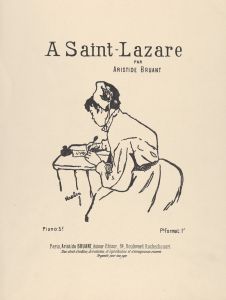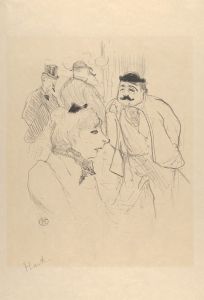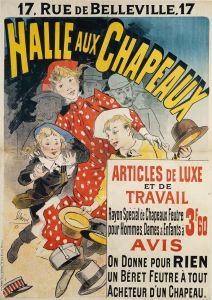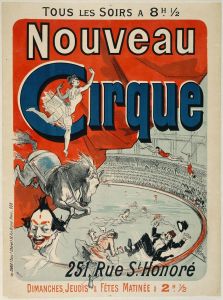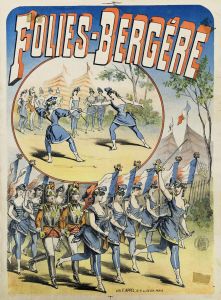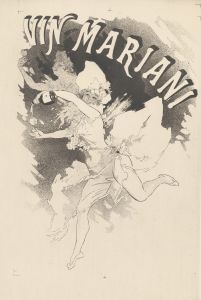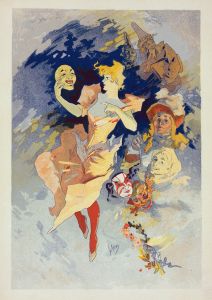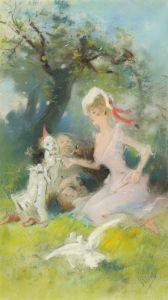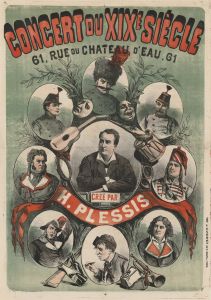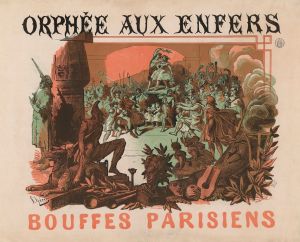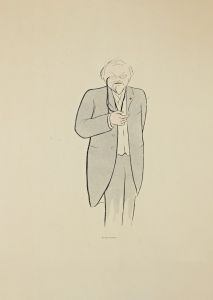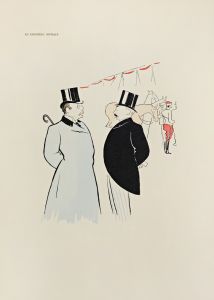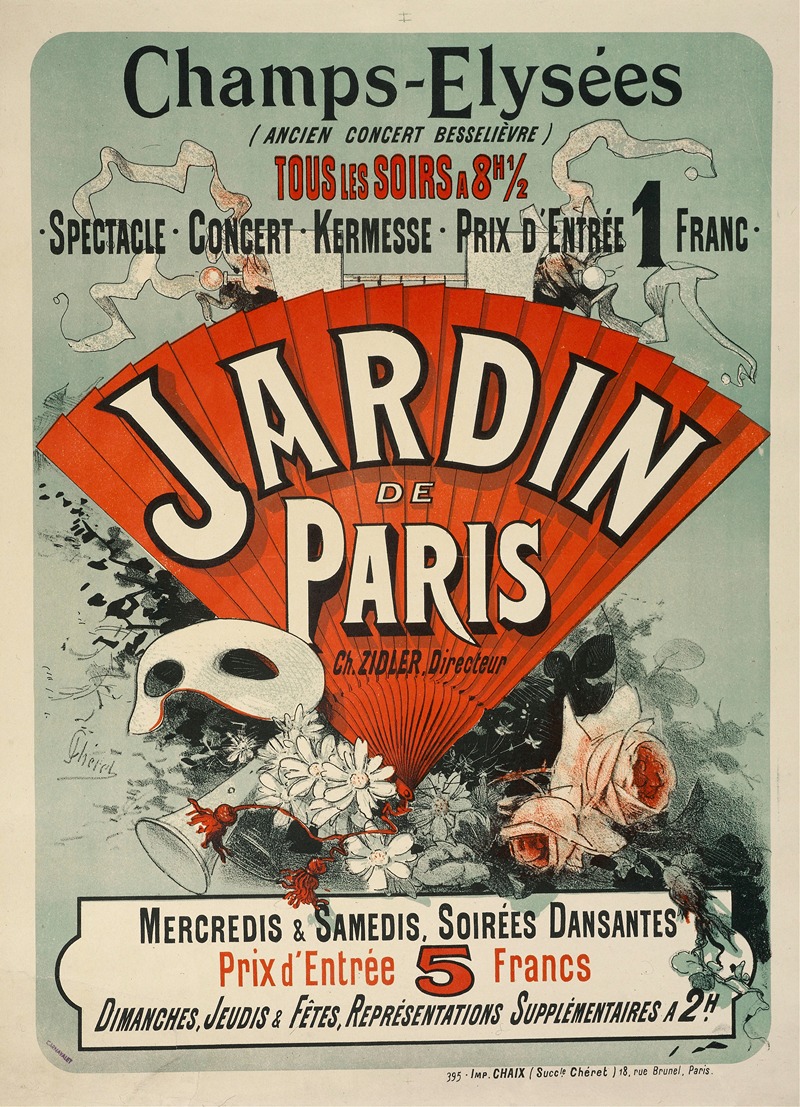
Champs-Elysées,Jardin De Paris
A hand-painted replica of Jules Chéret’s masterpiece Champs-Elysées,Jardin De Paris, meticulously crafted by professional artists to capture the true essence of the original. Each piece is created with museum-quality canvas and rare mineral pigments, carefully painted by experienced artists with delicate brushstrokes and rich, layered colors to perfectly recreate the texture of the original artwork. Unlike machine-printed reproductions, this hand-painted version brings the painting to life, infused with the artist’s emotions and skill in every stroke. Whether for personal collection or home decoration, it instantly elevates the artistic atmosphere of any space.
Jules Chéret, a pivotal figure in the development of poster art, created "Champs-Elysées, Jardin de Paris" in 1890. This work is a quintessential example of Chéret's contribution to the Belle Époque era, a period characterized by cultural flourishing in France. Chéret, often referred to as the "father of the modern poster," revolutionized advertising through his vibrant and dynamic designs, which combined elements of fine art with commercial appeal.
"Champs-Elysées, Jardin de Paris" is a lithographic poster that was designed to promote the Jardin de Paris, an entertainment venue located on the famous Champs-Elysées in Paris. This venue was known for its lively atmosphere, hosting a variety of performances, including music, dance, and theatrical acts, which attracted both Parisians and tourists alike. The poster captures the essence of the venue's vibrant nightlife and the joie de vivre that was synonymous with Paris during this era.
Chéret's design features a lively scene with elegantly dressed figures, likely representing the fashionable attendees of the Jardin de Paris. The central figure in the poster is a graceful woman, often a hallmark of Chéret's work, which frequently depicted women in an empowering and joyful manner. This portrayal was part of a broader movement in Chéret's art to depict women as active participants in the social and cultural life of the time, contrasting with the more passive representations common in earlier art.
The color palette of "Champs-Elysées, Jardin de Paris" is bright and inviting, utilizing bold reds, blues, and yellows to draw the viewer's eye and convey a sense of excitement and movement. Chéret's mastery of color lithography allowed him to produce posters with a wide range of hues and tones, which was innovative for the time and contributed to the effectiveness of his advertising.
Chéret's posters were not only commercial tools but also works of art that contributed to the democratization of art by bringing it into the public sphere. His work helped to elevate the status of the poster as a legitimate art form, influencing future generations of artists and designers. The impact of Chéret's work is evident in the way posters became an integral part of urban landscapes, used to communicate messages and capture the public's imagination.
"Champs-Elysées, Jardin de Paris" exemplifies Chéret's ability to blend artistic creativity with commercial purpose, making it a significant piece in the history of graphic design. It reflects the cultural vibrancy of Paris during the late 19th century and the role of visual art in shaping public spaces and experiences. Today, Chéret's posters are celebrated for their artistic merit and historical significance, with many of them held in museum collections around the world, including the Musée des Arts Décoratifs in Paris and the Victoria and Albert Museum in London.
In summary, "Champs-Elysées, Jardin de Paris" is a testament to Jules Chéret's pioneering role in the development of the modern poster. Through his innovative use of color and composition, Chéret not only advertised entertainment venues like the Jardin de Paris but also contributed to the cultural and artistic landscape of his time.





